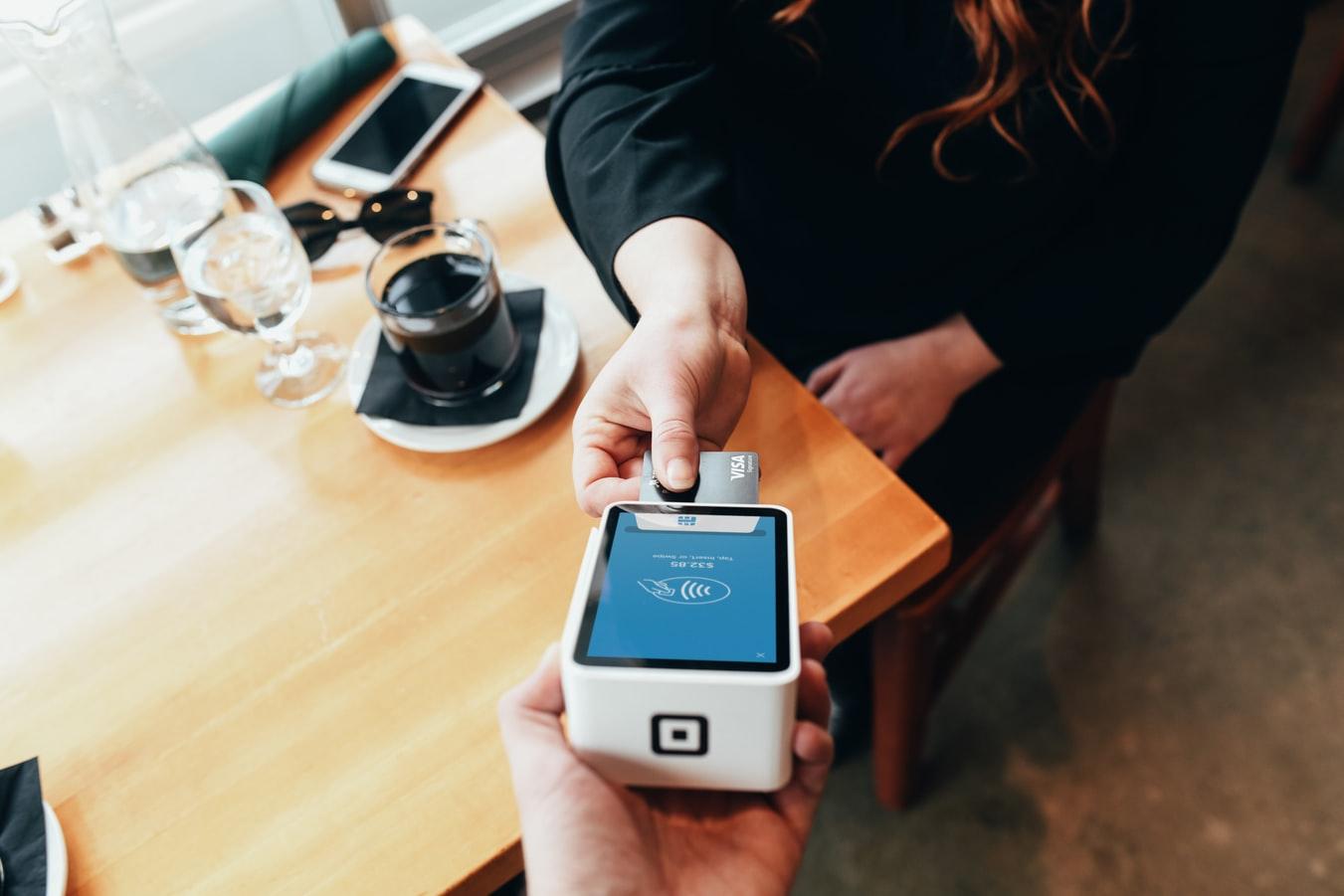We touched last month on the benefits of having a properly structured sales funnel for your online business.
We brought it up because you’d be amazed at how many people running a business don’t have any kind of sales journey in place, especially online.
Conversely, only 8% of salespeople say the leads generated by the marketing team are high-quality. A simple shift in strategy to make the sales process easier for your customers; to make it so, so simple for them to buy a product or commission a service in a breath, whether on a computer or smart device, can make all the difference in the world to your business’s growth plans.
We also mentioned the word ‘journey’ there; that’s really the key to making a successful sales funnel. Your sales journey funnel should never be implemented and left alone – it’ll never give you the results you crave when you’re looking to take your business to the next level.
Your sales funnel should be organic and ever-evolving; always revisited on a regular basis to make sure it’s not just working for you, but to see if it’s working for your customers in an age where the internet and digital trends are making shopping online easier than ever before.
Could the sales funnel be dead?
This point couldn’t have been made more starkly than at the INBOUND 2018 conference, where marketing platform HubSpot confidently announced that they had ‘killed their own sales funnel’.
Gone are the days of someone discovering your site, they say, and going down a traditional path of discovering a product, enquiring about it, putting it in your basket, going through the sales process and finally getting their hands on it, only to go down that same route again in the future.
Instead, on-stage, HubSpot co-founder Brian Halligan unveiled what he called a ‘flywheel’, a way of thinking HubSpot believes that will become the future of marketing, again massively relevant to the fast-paced connected digital age we live in.
So, how does the flywheel work? Instead of taking customers on a static, linear sales journey as most do online, the philosophy of the flywheel is far more interactive and consumer-focused; namely your brand and your customers work together to create an online two-way ecosystem that promotes the brand and gives them the best service possible.
How? By creating content that’s good enough for them to share so they become brand ambassadors. By creating a service that encourages them to tell others about how good you are. By always being on-hand through methods such as chatbots and conversational marketing.
Frankly, from our point of view, by doing things that you can already be doing now through a strong and personalised inbound marketing campaign that attracts the right people to your website at the right time, whether they’re just browsing or are at a stage where they’re desperate to buy.
Don’t reinvent the wheel when it comes to sales
The flywheel is a great piece of PR from HubSpot and keeps the marketing platform at the forefront of the conversation when it comes to selling yourself online.
However, we can’t escape the fact that much of the sales wheel presentation is time-honoured sales rhetoric that’s been repackaged. Of course your customers should always be at the forefront of what you do, and of course if you do great things for them then they’ll tell their friends and family.
What the flywheel does is try to simplify that process. Actually, it’s already simple; you can do it all now and introduce a great degree of aftercare if you put proper plans in place with your sales funnel.
How to get people to your site, flywheel or not
A flywheel approach may suit you. You may be more comfortable with the funnel approach. However you operate though, neither system will help you grow much if you aren’t attracting the right customers! Here are three tips on how to do it:
1: Attracting people who are looking to buy
That initial approach can be one of the most difficult, whether you’re looking to sell more products, collect data or other.
By putting some of your budget into social platforms like Facebook Ads and PPC through Google though, you can attract people to the start of your sales funnel and introduce them to your brand.
The key to attracting not only more people, though, but also a better quality of lead is to thoroughly research your market and get to know demographics, their likes and dislikes, and other essential information.
Armed with that, you can create content around that information and target them with it in very deep and specific ways thanks to the targeting and outreach tools supplied by Facebook and Google.
![]()
2: Convincing people to make a purchase
Those people are now finding your website and are making it to your product pages. They aren’t buying though for whatever reason; how can you convince them to carry on their sales journey with you?
There are a number of ways – they may want to make a purchase but are waiting until payday, and then forget about you.
Retargeting can help; by injecting code from Google or a Facebook Pixel into your site allows you to continually serve ads in ethical, organic and transparent ways to people who have visited your site and dropped off.
Similarly, always keeping your social channels open and always being on hand, as well as collecting GDPR-compliant data to contact them, can help build relationships and present them with regular offers to help them through.
3: Converting full shopping carts
Shoppers can abandon their carts online. This is where constant conversion optimisation can help stop that happening and convert that interest into sales.
Forms, for instance; are they easy to fill out online, especially on a mobile device? Are you asking people to give up irrelevant information? Could a one-click payment system help to streamline the sales process and improve efficiency?
The easier it is for people to buy, the more likely they are to complete a purchase. Aftercare too; getting GDPR-compliant contact information from them and keeping in touch with relevant content can help you to keep that sales journey organic and constantly flowing, especially with the people who matter to you most.
Want to implement a sales journey for your website that helps boost your brand’s growth potential? Speak to the Web Presence team now to find out more!



